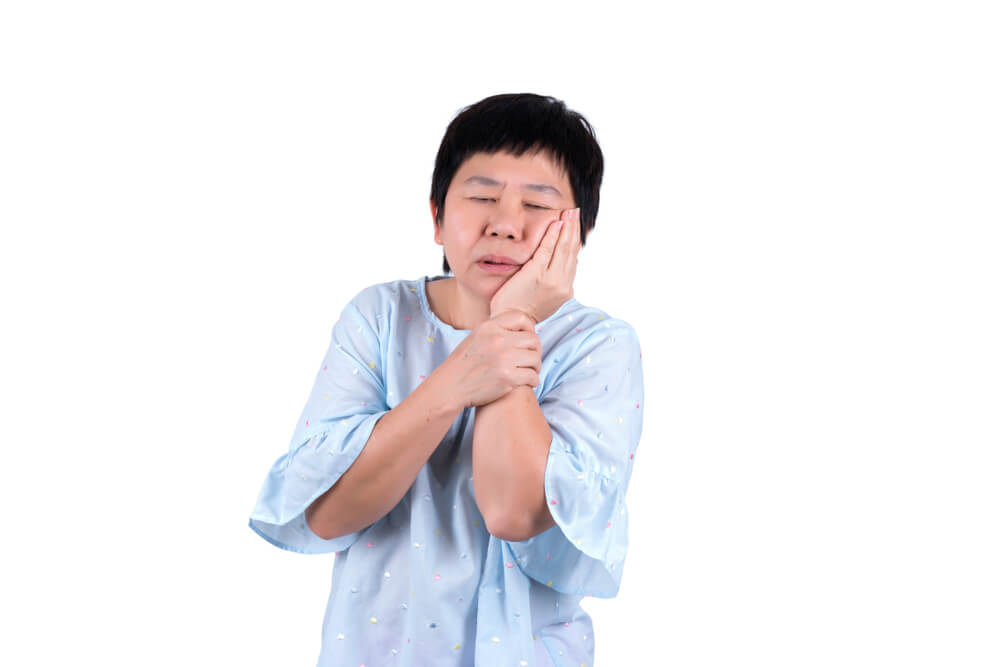Alveolar osteitis, also known as dry socket, is a dental condition that is very painful and happens after a permanent tooth has been extracted from your mouth. This condition occurs when the blood clot fails to develop on the site of the tooth removed, or it may have dissolved before the wound from the tooth extraction has healed.
A blood clot that forms on the wound from tooth extraction is healthy because it serves as a protective layer over the bone underlying it and empties the nerve ending on the tooth socket.
If the underlying bone and nerves are exposed, it will cause intense pain not only in the socket but also along the nerves that connect to the face. In addition to that, pain that you feel may be worse when the socket becomes inflamed and filled with blood debris.
Alveolar Osteitis is the most common complication after tooth extraction. Pain relievers will be offered by a dentist or an oral surgeon to relieve the pain you are feeling.
What are the causes of Alveolar Osteitis or a dry socket?
The cause of alveolar osteitis is still studied, yet many have suspected specific issues that may be involved in causing alveolar osteitis or a dry socket, such as:
- The socket is contaminated with bacteria due to exposure
- Trauma from a painful extraction


